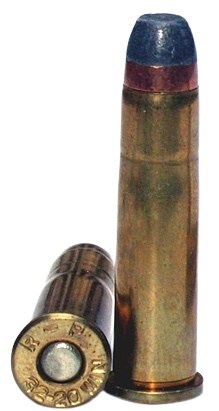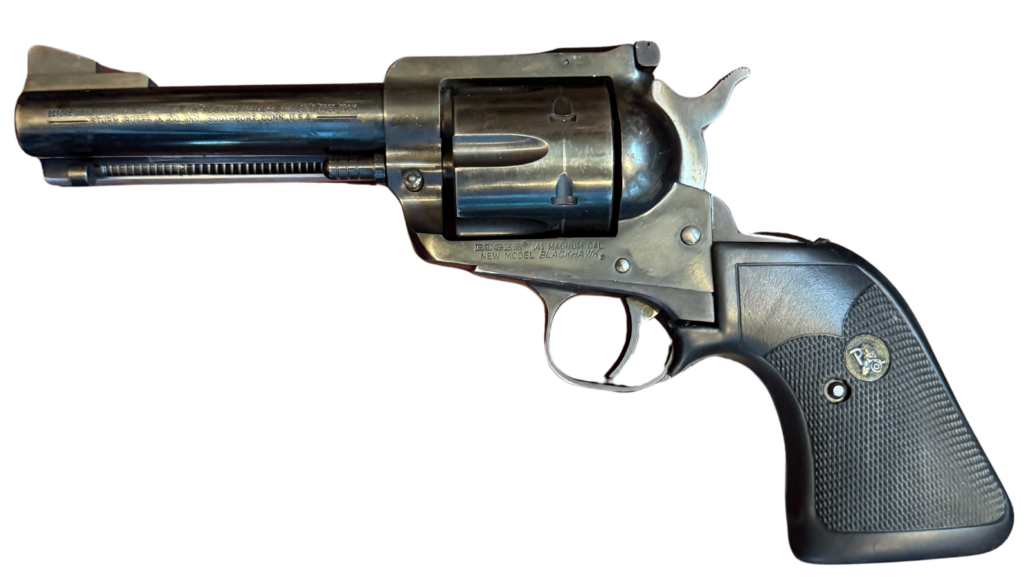
The .32-20 Winchester cartridge, often simply referred to as .32-20 or the .32-20 WCF, is a bit of an enigma in the realm of small-bore ammunition. With roots stretching back to the late 19th century, it has seen service in everything from modest single-action revolvers to lever-action carbines. This vintage cartridge, despite its somewhat archaic status, continues to hold a small yet avid following among shooting enthusiasts. To understand its appeal and to gauge its significance in the annals of firearms history, we must delve into the details.
Cartridge and Bullet Dimensions
This cartridge was introduced by Winchester in 1882 for the company's Model 1873 lever-action rifle. The nomenclature ".32-20" refers to a .32 caliber bullet backed by 20 grains of black powder. The bullet diameter is actually .312 to .313 inches, while the case length stands at about 1.315 inches. The overall length varies depending on the bullet used, but it generally ranges from 1.590 to 1.605 inches. The rim diameter is approximately .408 inches, with a rim thickness of about .065 inches. The standard bullet weights are predominantly found in 80 to 115 grains, though exceptions exist.
Powder Loads
Originally loaded with black powder, the .32-20 quickly transitioned to smokeless. Case capacity is about 22 grains of water, but modern smokeless charges are much smaller. With fast to medium pistol/shotgun powders like Unique, W231, or Trail Boss, typical published loads run roughly 3.5 to 6 grains under 85- to 115-grain bullets. Slower rifle powders such as 2400, 4227, or H110 use higher charge weights, but those data are strictly action- and pressure-dependent and must be taken straight from current manuals. It's imperative for reloaders to consult reputable reloading manuals for safe powder charge data, as this is an older cartridge that doesn't tolerate excessive pressures well.
Historical Context and Development
The time period during which the .32-20 was developed was a golden era for firearms innovation. The lever-action rifle had proven itself to be a fast and reliable tool for both hunting and self-defense. What the market sought was a smaller, more versatile round that could be used in both rifles and handguns. The .32-20 was designed to offer reasonable accuracy and effectiveness for varmints and small game out to about 100-150 yards. The introduction of this cartridge coincided with America's westward expansion and it quickly found favor among settlers, ranchers, and lawmen.
Performance
Performance-wise, the .32-20 is no powerhouse. Out of a rifle barrel, the cartridge can launch an 80 to 100-grain bullet at velocities ranging from 1,200 to 1,700 feet per second, depending on the powder charge and bullet type. From a handgun, velocities range from approximately 850 to 1,000 feet per second. Given these modest numbers, the cartridge excels in its originally intended roles for shooting small game and pests. Its recoil is mild, making it a favorite for new shooters or those sensitive to recoil. However, it's not suitable for larger game or long-range engagements.
Firearms Chambered in .32-20
Several iconic firearms have been chambered in .32-20. Winchester's Model 1873 was the first, followed by the Winchester Model 1892 and the Marlin Model 1894. In the world of handguns, Colt's Single Action Army, the Smith & Wesson Model 10, and various models by Harrington & Richardson have utilized this cartridge. These firearms are often considered collector's items today, but they still perform admirably in the field.
What Has Superseded It
The .32-20 has largely been overtaken by more modern cartridges offering superior performance and versatility. Rounds like the .223 Remington, .243 Winchester, and even the .22 Long Rifle in semi-automatic platforms have outpaced it for most varmint and small game applications. Similarly, in handguns, the .38 Special and 9mm Luger have eclipsed the .32-20 in terms of popularity and effectiveness.
Current Use
While it may no longer be the go-to choice for most applications, the .32-20 has found a niche among cowboy action shooters, collectors, and those who appreciate its history. Reloaders still dabble with it, tweaking powder loads and bullet types for various shooting activities. It's still effective for what it was designed to do—small game and pest control at moderate ranges.
In summary, the .32-20 Winchester cartridge is a relic that refuses to fade into obscurity. With over a century of service under its belt, it stands as a testament to the innovation and ingenuity of late 19th-century firearms development. Although overshadowed by more modern calibers, it continues to hold a unique spot in the pantheon of American ammunition. The very fact that it remains relevant in some circles today speaks to its enduring appeal.
Read more about this and other cartridges here:

If you know of any forums or sites that should be referenced on this listing, please let us know here.



